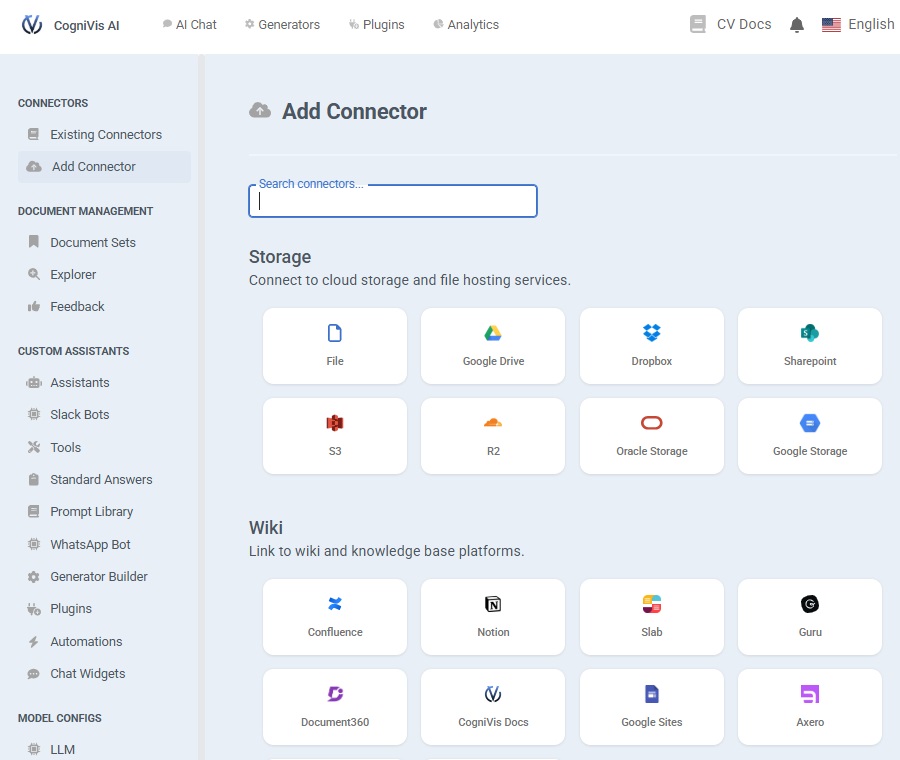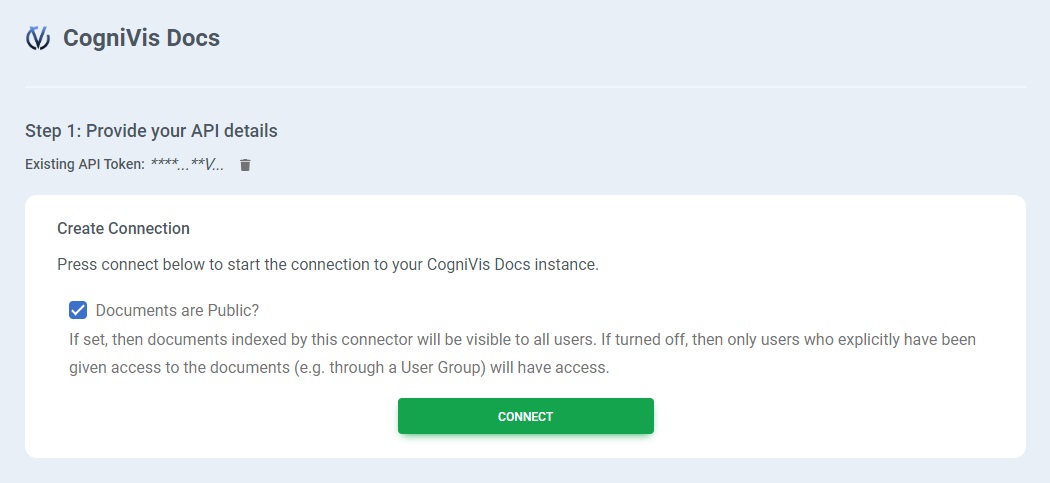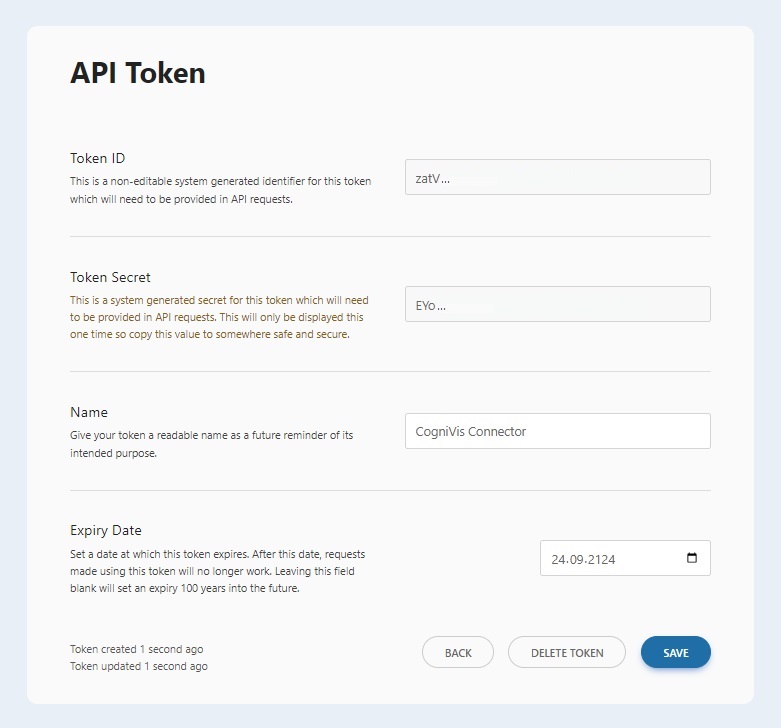Introduction
What is CogniVis?
Cognivis is a software tool designed for advanced image and video analysis. Utilizing artificial intelligence and computer vision, it helps businesses automate the recognition and categorization of visual data. This tool can be beneficial for sectors needing efficient and accurate visual data processing, such as security, retail, and manufacturing.
What is CogniVis AI?
CogniVis AI is a platform that enables you to pull data from different
sources and combine them with each other to
create practically useful AI tools. Sources may include
your internal company knowledgebase and a variety of
most popular business apps like GitHub, Jira, Slack,
and more.
This enables you to easily create
AI chatbot assistants (internal),
custom generators and even
embeddable AI chat widgets trained on your data.
How CogniVis AI works with CogniVis?
The Cognivis Connector integrates directly with your Cognivis knowledge base, extracting and processing technical documentation to provide detailed insights, summaries, and actionable information.
- Data Types:
- Article titles
- API endpoints and descriptions
- Code examples and snippets
- Integration guides
- Technical specifications
- Best practices and recommendations
- Extendable Sources:
- User manuals
- API documentation
- Troubleshooting guides
- Release notes and changelogs
- Developer-focused content
Configuration
Add the connector to CogniVis
Navigate to CogniVis Connectors
In your platform, go to the Admin Panel, which you can find in the top right corner of the screen.

Go to the Add Connector section in the menu on the left side of the screen.

Then, search for and select the CogniVis Docs connector.
Add your CogniVis tokens
Provide the instance base URL as well as the previously saved API Token ID and API Token Secret.

Define access
After deciding whether the documents should be public or not, press the connect button.

Free trial
If you are interested in creating your own automations and workflows with artificial intelligence based on your data, you can request a free trial of our solution. Please book a demo with us to get started.
book a demoOn-premise
Enterprise organizations can choose to deploy this connector on-premise. On-premise deployment provides additional security and privacy, it means that the connector will be hosted on your own servers which you can control and manage.
This option is suitable for organizations that have strict data privacy and security requirements, want to integrate with their existing infrastructure, or need to comply with specific local regulations.
Contact our team & learn about options of deploying this connector on premise.
book a demo learn more about on-premise aiUse cases
Check out potential benefits and use cases for this connector.
Enhanced Technical Support
By integrating CogniVis AI with your CogniVis data, you can create AI-driven technical support assistants that offer instant and accurate resolutions. The AI can pull from user manuals, troubleshooting guides, and best practices to provide comprehensive support.
Streamlined Onboarding
CogniVis AI can utilize integration guides, API documentation, and code examples to create an onboarding assistant for new developers. This bot can guide them through initial setups, making the onboarding process efficient and less time-consuming.
Automated Documentation Summaries
The platform can generate summaries of extensive technical documents, release notes, or changelogs. This helps teams quickly understand updates or changes without having to read through lengthy documents.
Intelligent Code Assistance
By leveraging code examples and snippets, CogniVis AI can act as an intelligent code assistant, helping developers find and implement code quickly. This speeds up the development process and reduces errors.
Proactive Maintenance Alerts
Using technical specifications and best practices, CogniVis AI can proactively alert teams about potential issues or necessary maintenance tasks, ensuring smoother operations and reducing downtime.
Customizable Training Modules
CogniVis AI can pull from various user manuals and developer-focused content to create customized training modules for employees. This ensures that training is relevant and comprehensive, tailored to specific needs.
Real-Time API Integration Feedback
The AI can use API endpoints and descriptions to provide real-time feedback on API integrations. This helps developers quickly identify and fix issues, improving the overall efficiency of the development process.
Enhanced Release Planning
By analyzing release notes and changelogs, CogniVis AI can provide insights and trends that help in planning future releases. This ensures that releases are well-coordinated and strategically planned.
Best Practices Enforcement
CogniVis AI can continuously monitor development activities to ensure they align with documented best practices and recommendations. This ensures high-quality code and adherence to industry standards.
Dynamic Knowledge Base
CogniVis AI can dynamically update your knowledge base with new information extracted from various sources. This ensures that your team always has access to the most up-to-date and relevant information.




